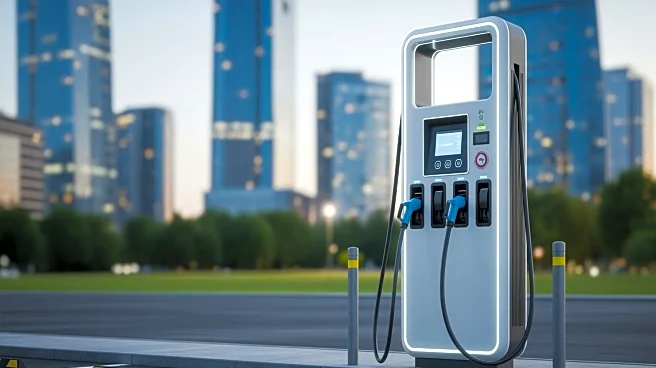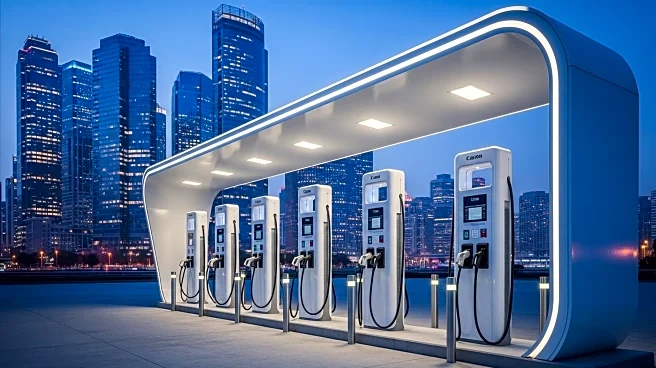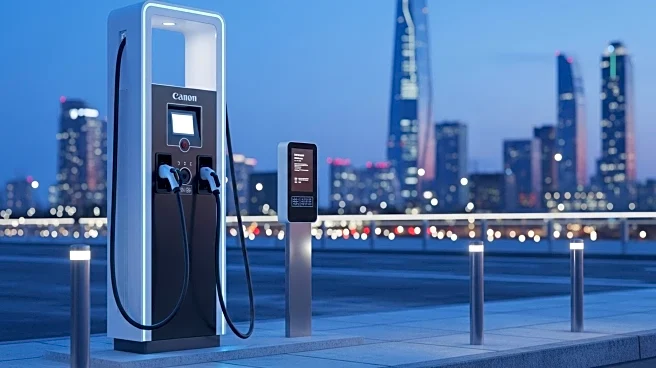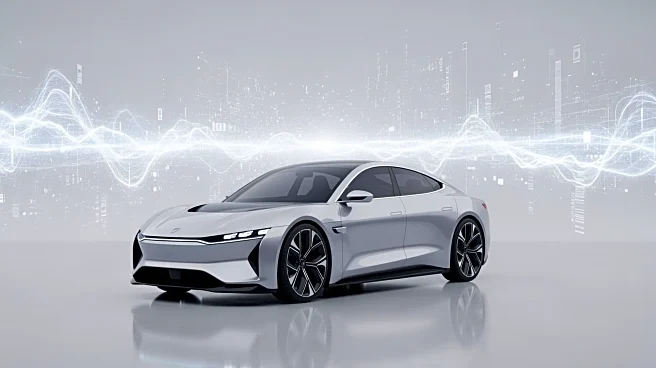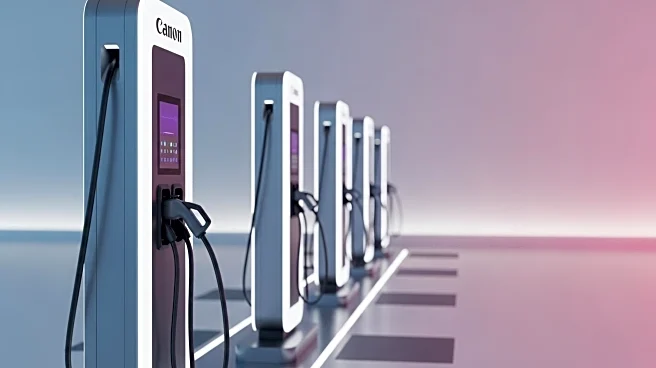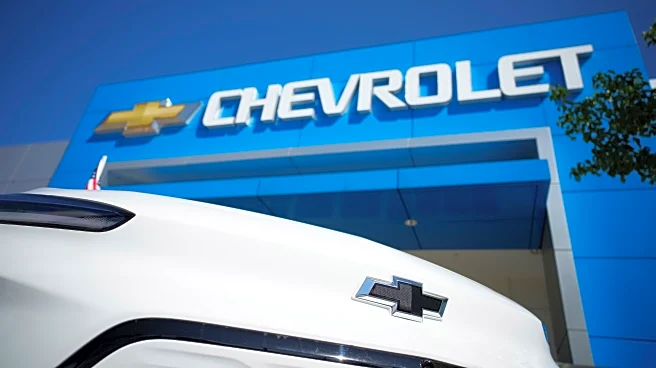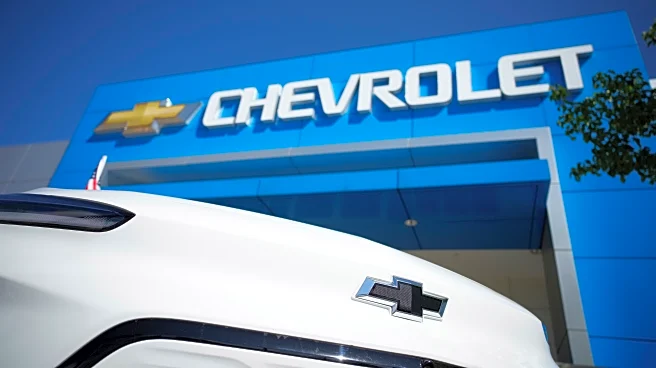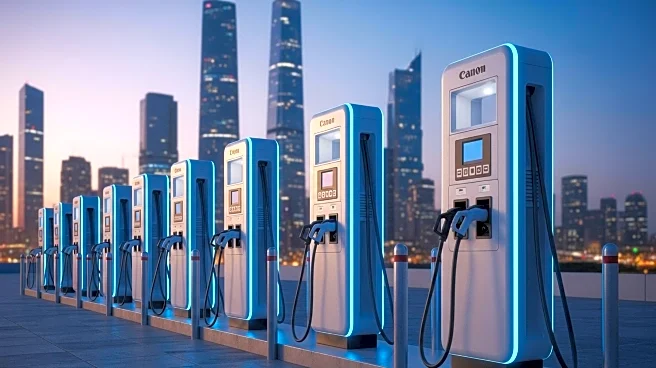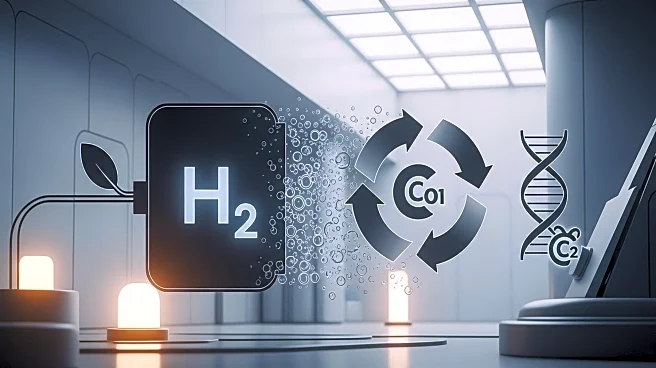What's Happening?
General Motors (GM) has announced a projected $1.6 billion charge in the third quarter as it revises its electric vehicle (EV) strategy due to recent changes in U.S. federal policies. The company anticipates
a decline in EV adoption rates following the expiration of consumer tax incentives and the relaxation of emissions regulations. The EV tax credit, which offered up to $7,500 for new vehicles and $4,000 for used ones, expired last month. GM's charge will include non-cash impairment and other costs totaling $1.2 billion, related to adjustments in EV capacity. Additionally, GM expects $400 million in expenses from contract cancellations and commercial settlements linked to its EV investments. The automaker warns of potential further financial impacts as it reassesses its EV capacity and manufacturing footprint, including investments in battery component production. Despite these changes, GM assures that its current retail offerings, including Chevrolet, GMC, and Cadillac EV models, will remain unaffected.
Why It's Important?
The revision of GM's EV strategy highlights the significant impact of federal policy changes on the automotive industry. The expiration of tax incentives and relaxed emissions regulations could slow the transition to electric vehicles, affecting consumer demand and industry growth. GM's financial adjustments reflect the challenges automakers face in adapting to policy shifts while maintaining investment in EV technology. The potential for additional charges underscores the uncertainty in the market and the need for strategic realignment. This development may influence other automakers to reassess their EV strategies, potentially affecting the broader push towards electrification in the U.S. automotive sector.
What's Next?
GM's decision to scale back production at its Spring Hill, Tennessee plant, where it manufactures electric Cadillac SUV models, indicates a strategic response to reduced federal support for EVs. The temporary halt in production of the Cadillac Lyriq and Vistiq models in December suggests GM is adjusting its manufacturing operations to align with current market conditions. As GM continues to reassess its EV capacity and manufacturing footprint, further material cash and non-cash charges may arise, impacting its operational results and cash flows. The industry will be closely watching GM's next steps and any potential policy changes that could further influence EV adoption rates.
Beyond the Headlines
The shift in GM's EV strategy raises questions about the long-term sustainability of the U.S. automotive industry's transition to electric vehicles. The reliance on federal incentives and regulations to drive consumer demand highlights the vulnerability of the market to policy changes. This situation underscores the need for automakers to develop resilient strategies that can withstand regulatory fluctuations. Additionally, the environmental implications of reduced EV adoption rates could affect the U.S.'s ability to meet climate goals, emphasizing the importance of consistent policy support for green technologies.
